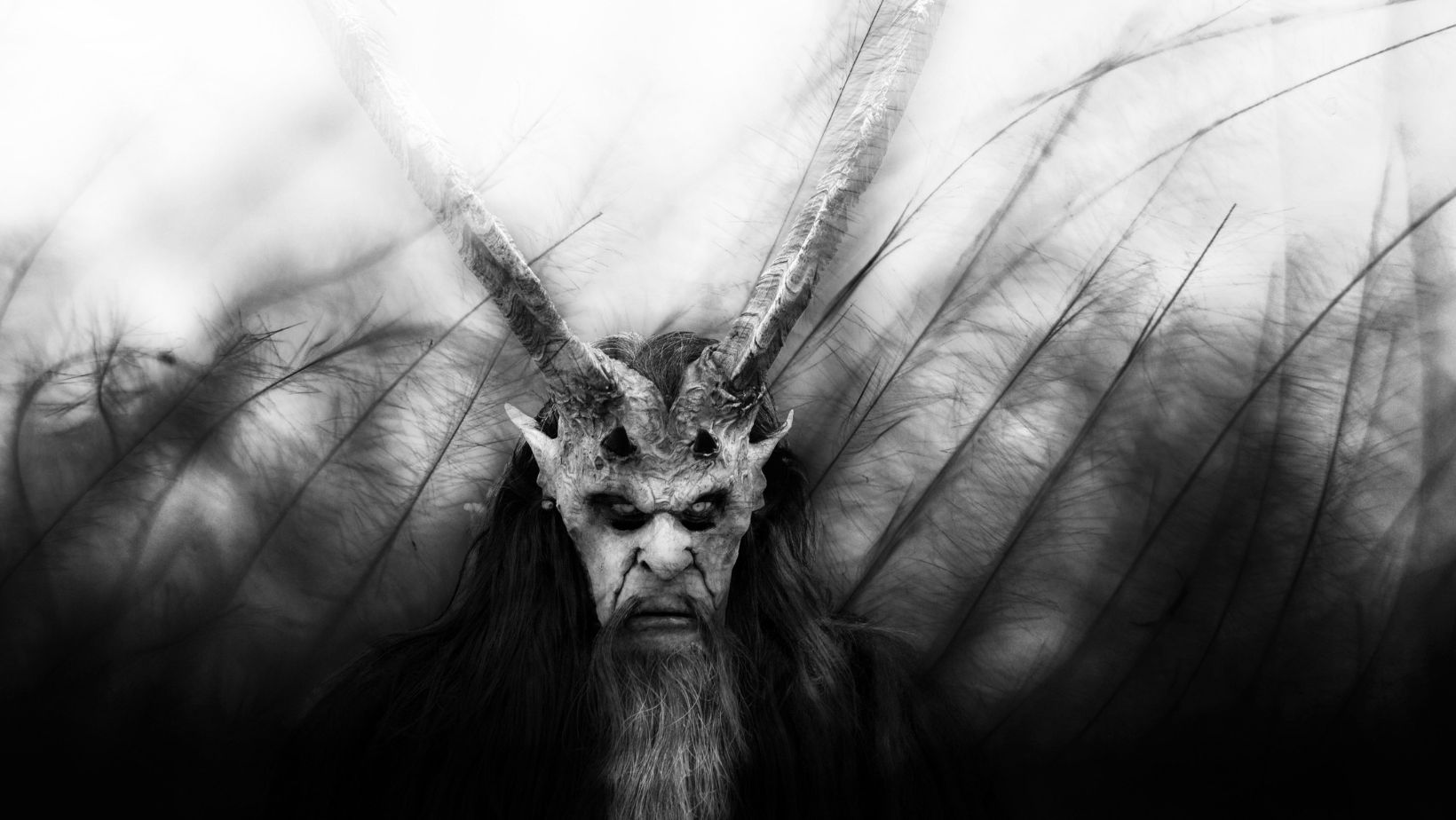Grendel’s Origins in Beowulf
In the epic poem Beowulf, Grendel is depicted as a fearsome and monstrous creature. He is described as being born from the lineage of Cain, a biblical figure known for his involvement in the first act of murder. This lineage establishes Grendel as a symbolic representation of evil and chaos. By tracing his origins back to Cain, the poet creates a sense of foreboding and emphasizes Grendel’s inherent malevolence.
Grendel’s Physical Appearance
Grendel’s physical appearance in the poem is described in gruesome detail. He is portrayed as a hulking creature with an enormous and deformed body. His face is described as twisted and distorted, with sharp teeth and claw-like hands. Grendel’s dreadful appearance reinforces the terror he evokes in those who encounter him. The poet’s vivid depiction of Grendel’s physical features serves to enhance the readers’ understanding of his monstrous nature.
Grendel’s Personality and Behavior
Grendel’s personality is characterized by relentless violence and aggression. He is driven by a deep hatred for the joy and merriment that occur in Heorot, the mead hall where the warriors gather. Grendel’s attacks on the hall are ruthless and merciless, as he indiscriminately targets and kills the warriors while they sleep. His acts of violence are portrayed as brutal and senseless, inflicting a sense of dread among the people.
Grendel’s behavior reflects his isolation and alienation from human society. He is portrayed as an outcast, separated from the world of humans and condemned to a life of darkness and despair. This sense of isolation further fuels his acts of aggression and violence. Through Grendel’s actions and behavior, the poet conveys the depth of his despair and the overwhelming power of his destructive nature.
In this section, we have explored the background of Grendel’s character in Beowulf. By understanding his origins, physical appearance, and personality, we gain valuable insights into his role in the poem. However, this is just the beginning of unraveling the complexities of Grendel’s characterization in the passage. Keep reading to delve deeper into his portrayal and the emotions he elicits in others.
How is Grendel Characterized in this Passage
Grendel as a Representation of Evil and Chaos
In this passage, Grendel is characterized as a fearsome and monstrous creature who embodies the concept of evil and chaos. His lineage can be traced back to Cain, the biblical figure who committed the first murder. This connection to Cain establishes Grendel as a symbolic representation of the inherent wickedness and violence in humanity. Grendel’s relentless aggression and violence towards the Danes mirror the destructive potential of evil in the world.
Grendel as a Critique of Human Society
The characterization of Grendel also serves as a critique of human society. Grendel’s hatred for joy and merriment highlights the flaws and contradictions within human civilization. He despises the festivities and celebrations of the Danes, seeing them as shallow and hypocritical. His violent attacks on Heorot, the hall where the Danes gather to revel, can be seen as a commentary on the shallow nature of human happiness and the vulnerability of societal structures.
Grendel as an Outsider and Alienated Figure
Furthermore, Grendel is portrayed as an outsider, alienated from human society and condemned to a life of darkness and despair. His physical appearance, with a twisted and distorted face, sharp teeth, and claw-like hands, sets him apart from the human inhabitants of Heorot. Grendel is an outcast, separated from the warmth and companionship experienced by the Danes in their communal gatherings. This isolation amplifies his feelings of anger and resentment towards humanity and fuels his violent tendencies.
Grendel’s characterization in this passage provides valuable insights into his role in the poem. By representing evil and chaos, critiquing human society, and embodying the emotions of an outsider, Grendel evokes complex emotions in the readers and offers a deeper understanding of the themes explored in Beowulf. However, there is still more to explore in terms of his portrayal and the impact he has on the other characters in the poem.
By understanding Grendel’s origins, physical appearance, and personality, we gain valuable insights into his role in the poem. However, there is still more to explore in terms of his portrayal and the impact he has on the other characters. Grendel serves as a powerful symbol, challenging the notions of good and evil, and forcing the audience to confront the darker aspects of human nature.
Overall, Grendel’s characterization in this passage highlights the complex and multifaceted nature of his character, making him a compelling and thought-provoking figure in the epic poem Beowulf.

